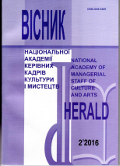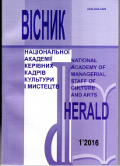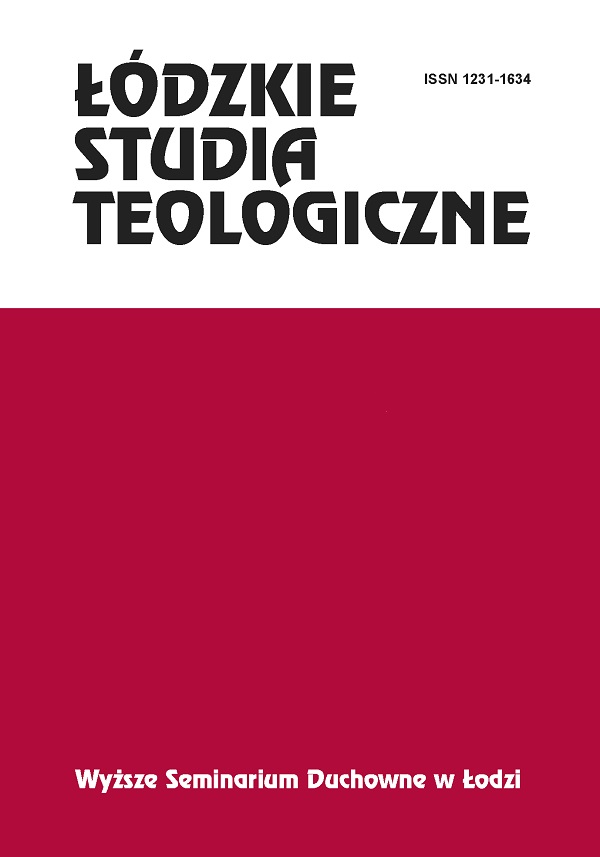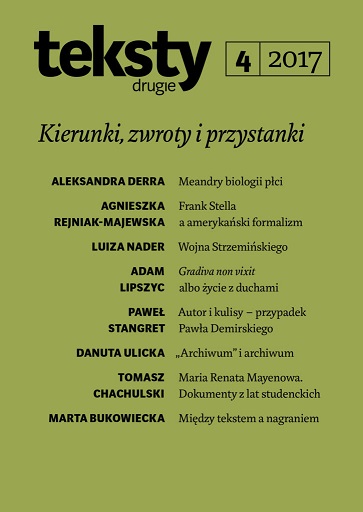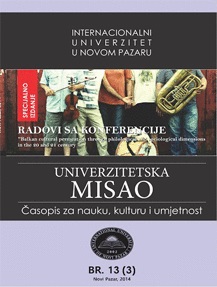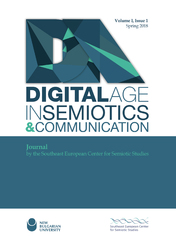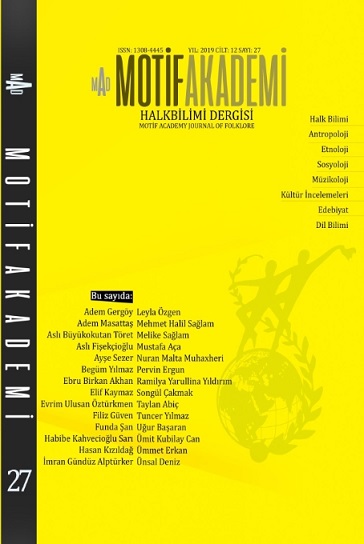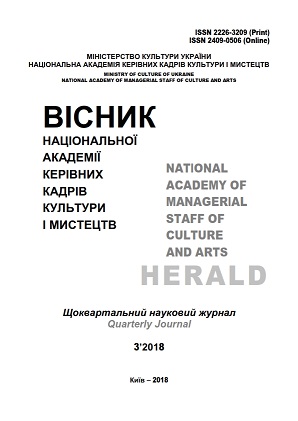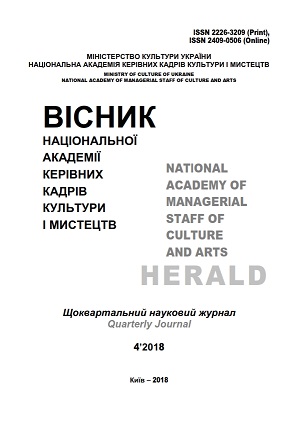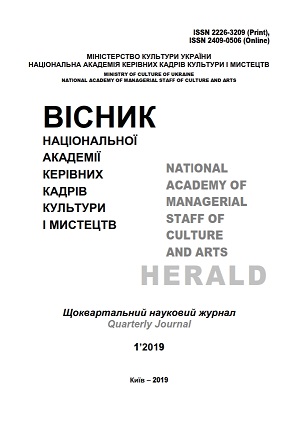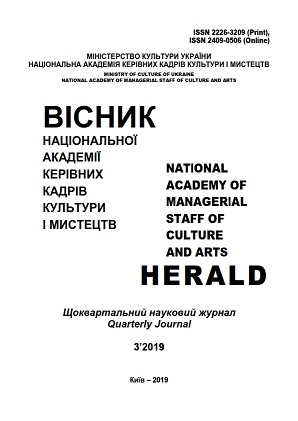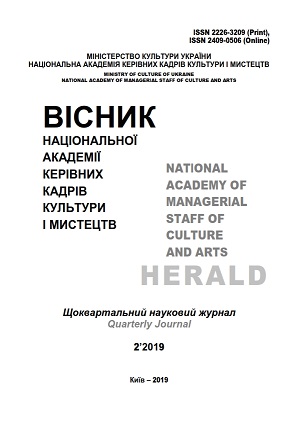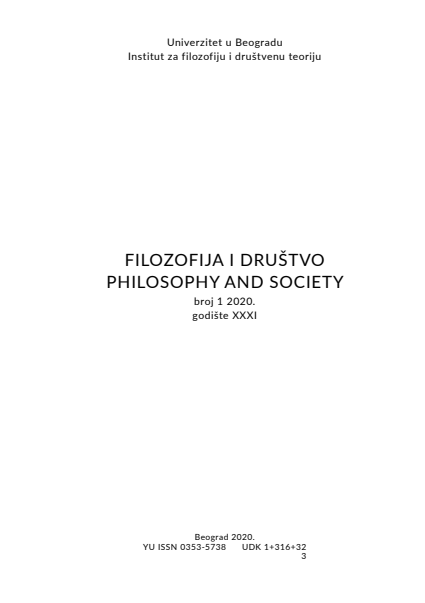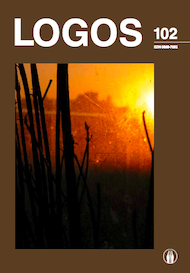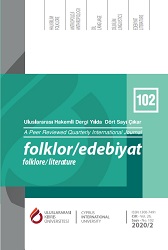Author(s): Anna Nikolaeva / Language(s): Ukrainian
Issue: 1/2016
This article is devoted to the research of the archetype of Teacher. An attempt was made to identify the archetype and define its structure-forming elements in the mythologized biography of one of the main leaders of the theater – M.Vodyanoy. The theoretical basis of the article is based on the theory of archetypes of C.G.Jung and research of E.Druzhinina. The author discovers in the biography of Vodyanoy such structural elements of the archetype of the Teacher as "the original archetype", which is closely associated with the symbolic role of the chief, sacrifice, mythical ancestor, demiurge, cultural hero, and also the motive of suffering.It is well known that archetypes are typical species of understanding. Archetypes provides with depth to the structure of human significance. It can be particularly observed in the case of mythology and art. C.G.Jung realized the strong link between mythology and art and used his theory of archetypes, not only in psychoanalytic practice, but also in interpretation of the various works of art. Thus, in this research we try to follow this example in order to detect in the art of theater the one of the ancient archetypes – the archetype of Teacher, which is correlated with Jung's archetype – Wise old man.In our opinion, the archetype of Teacher is one of the basic archetypes of the myth of the Odessa Theater of Musical Comedy.We pay attention to such a very important issue as a traditionalism of Theater of Musical Comedy. We found that the troupe itself is divided into three generations of artists: older, middle and younger. The older generation of artists (M.Vodyanoy, E.Dembska, І.Іvanova, S.Krupnik, Yu.Dinov, E.Sіlіn, L.Satosova, and etc.) is teachers, luminaries, leading figures, guru of the Odessa Theater of Musical Comedy. Most of them are dead. But the memory about Teachers alive and spread from the middle generation of artists to junior. Certainly it concerns the great artist and Theater – M.Vodyanoy.It's extremely important to highlight the main characteristics of the archetype of Teacher. First of all, the source for the archetype of the teacher is figure of chief, sacrificer and mythical ancestor, cultural hero and demiurge. Exactly these symbolic roles were played by one of the main leaders of the theatre – M.Vodyanoy. He stood at the origins of the theatre of Musical Comedy. He was always and everywhere the first. It is known that the actor was called "king of operetta". He was among the first artists in the genre that in 1976 was awarded the highest title – People's Artist of the USSR. M. Vodyanoy had a lot of fans. He was loved and adored. He had students and went on to become not only a creative leader but also a director of this theatre and besides he turned into a hero of "Odessa's myth".There are a lot of signs of mythologizing in the history of the theatre and in the biography of M.Vodyanoy. Attention is focused on the Odessa image flavour of the theatre and its leading artist as а "real" Odessa citizen. So there are a lot of different legends about M.Vodyanoy in the folklore of the city of Odessa. Some of those stories tell us about his Odessa roots and favorite habit of walking on the Deribasovskaya street. Other tells us about Vodyanoy's fascination with artistic work and searching for details for his costumes in the streets of Odessa. In any case, such mythology underlines the authenticity of M.Vodyanoy, his close relationship with the city. That, in its turn, "works on" the archetype of the Teacher, because the Teacher in order to trust should be only native.The second structure-forming element of the archetype of Teacher is a motif of suffering. This motif can be found in the fate of such famous mythological teachers like Chiron and even historical figures as Socrates or Janusz Korczak. The motif of suffering can be found also in the fate of M.Vodyanoy. It is well-known that the artist suffered several heart attacks after he was literally persecuted in the mid-80s. The trumped criminal case was opened by the detractors of M.Vodyanoy. These dramatic events in the biography of the artist described in different articles and essays of journalists of Odessa. Some of which we refer to in the text of our article. M.Vodyanoy could not survive his personal drama that has been linked to his persecuted. He died at the peak of his career in the full dawn of his creative powers. But today the place, to which he devoted his entire life, the Odessa Theater of Musical Comedy is the theatre named after him and students of his students regard M.Vodyanoy as their teacher. If for the middle generation of artists status of M.Vodyanoy as a teacher, is no doubt, for the youth he is in a symbolic sense some kind of "ancestors". So due to our research we came to an interesting opening. The whole force of archetype of the Teacher lies in some amazing trait: based on the past it sets a certain motion vector and development in the present and the future.
More...
